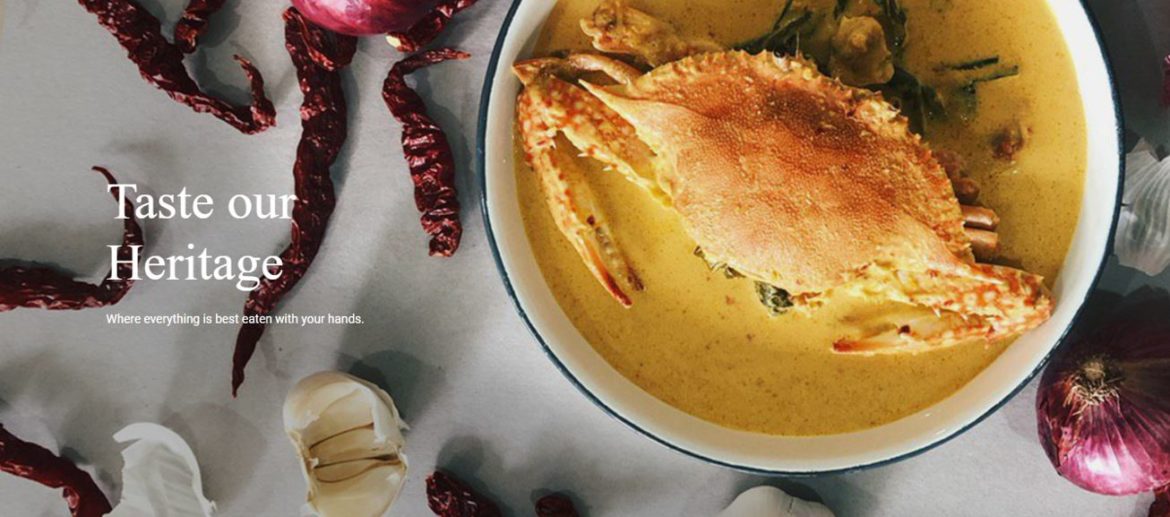By: Mabel Villanueva
The landfill, Pulau Semakau, was once home to a community believed to be Singapore’s earliest inhabitants – the Orang Laut. Their name meant “people of the sea” as they depended on the sea for their livelihood, culture and sustenance. With the efforts of fourth-generation descendants of this historic ethnic group and through digital storytelling and sharing a taste of their unique cuisine, its rich culture is starting to come back to life.

Photo from Orang Laut Singapore
The Orang Laut was composed of various seafaring tribes: the Orang Utang Seletar were people of the Seletar Forest also known as river nomads who lived and hunted along the Seletar River; the Orang Biduanda Kallang were people who lived deep in the mangrove swamps of the Kallang River; the Orang Selat were also known as the “straits people” who lived and fished at night-time around the southern coast of Singapore; and lastly the Orang Gelam were people who lived at the mouth of the Singapore river.

Photo from Orang Laut Singapore
Before they were assimilated into Malay culture and asked to evacuate the island due to industrialization, they lived a simple and beautiful life in Pulau Semakau. Their houses were made of attap or nipa palm built near a long wooden jetty where they docked their boats called sampan.
Despite almost completely losing their traditional way of life, the jiwa laut meaning “spirit of the sea”, continues to live on in their descendants. 32-year-old Firdaus Sani, fourth generation Orang Laut, launched Orang Laut Singapore in 2020 aiming to save the heritage from being forgotten.
Orang Laut Singapore started on Instagram offering home-based food delivery while relaying narratives and photos about the life of Orang Laut in Pulau Semakau. Since then, it has expanded into intimate storytelling sessions over dinner served with their traditional cuisine motivated by ikut hati kau meaning “follow your heart.”
Their food remains unchanged throughout the years with their signature dishes mostly made of vegetables and seafood, reflecting the environment they thrived in. Orang Laut Singapore tries to capture these flavors in the most authentic way by making them with love and preparing them in best way possible.

Photo from Orang Laut Singapore
Sotong Hitam (black squid) is considered as their best dish, made with freshly caught squid called Sotong Nos – a long, big, and boxy shaped squid that produces a high amount of ink. It is cooked until tender and soaked with thick, spicy black sauce, while their Asam Pedas (spicy asam fish) is a spicy fish stew made with ikan pari or stingray. It is best served over warm rice with some kicap manis or sweet soy sauce to contrast with the heat.

Photo from Orang Laut Singapore
Ketam Lemak (flower crabs in lemak) is cooked in a rich lemak gravy or simple boiled and dipped in a light chili concoction called air asam, while Gulai Nenas (pineapple in gulai broth) are pineapples cooked in a prawn broth usually served with rice, crispy fried fish and shrimp paste called belacan.
Sani revealed during an interview that he is currently working on publishing a book to narrate the story of the Orang Laut, their fishing methodologies, beliefs, livelihoods and close ties with the sea. “Through this, I hope that our stories can be narrated not for us, but by us,” said Sani.
Visit the Orang Laut Singapore website to know more about their story, culture and cuisine.

